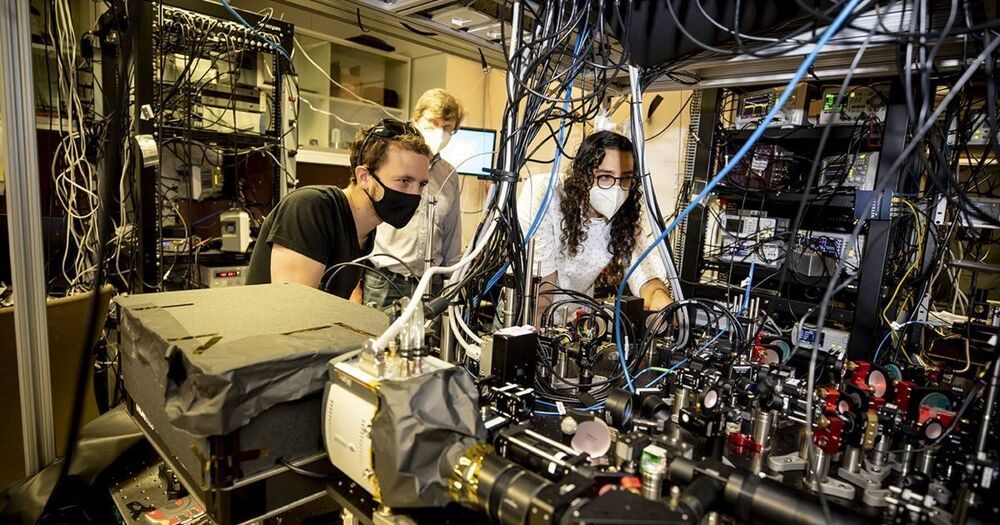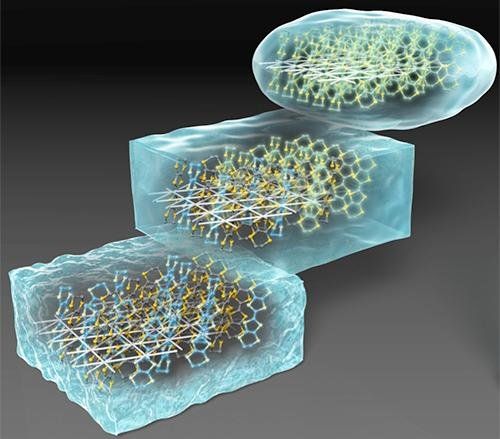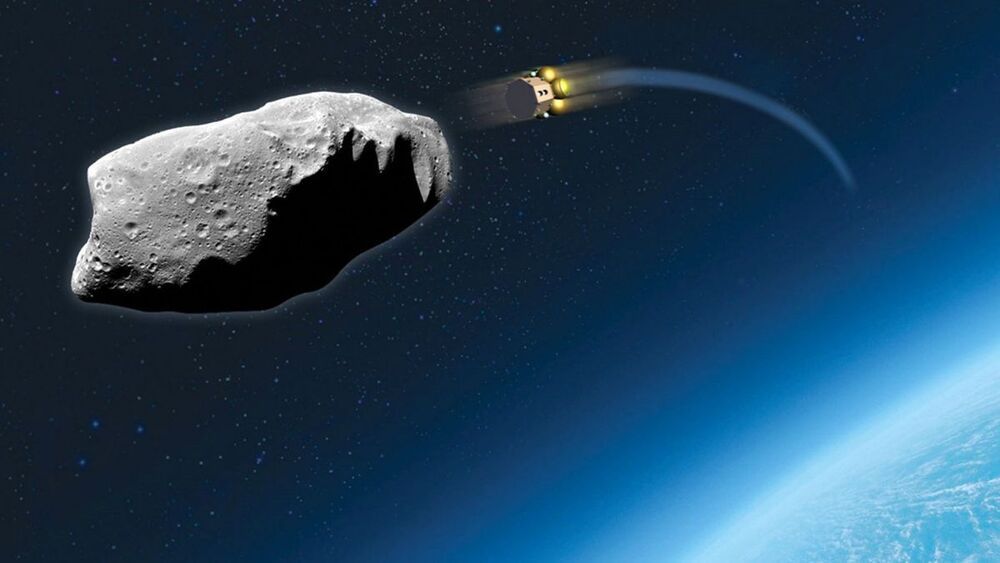Yay 😃
The Perceiver is kind-of a way-station on the way to what Google AI lead Jeff Dean has described as one model that could handle any task, and “learn” faster, with less data.


Quantum computers could make modern day Macs look like the very first Commodore computer.
Initial tests on Google and NASA’s quantum computing system D-Wave showed that it was a staggering one hundred million times faster than a traditional desktop.
Hartmut Nevan, director of engineering at Google, claimed: “What a D-Wave does in a second would take a conventional computer 10000 years to do.”


Sorry, we’re having trouble playing this video.
Learn More.
KRON 4 News.
WOW! Viewer video show boulders in the road on US-395 near Coleville following a swarm of earthquakes — Aftershocks are still being felt.
Latest details.
A 4.8 magnitude earthquake struck near Farmington on Thursday afternoon.

Bird handlers were devastated after a mind-boggling 5000 homing pigeons seemingly disappeared during a race across the UK.
They flew the coop — and vanished into thin air.
Bird handlers are devastated after a mind-boggling 5000 homing pigeons seemingly disappeared during a race across the UK.
“We’ve seen one of the very worst ever racing days in our history,” pigeon hobbyist Richard Sayers wrote in a Facebook post chronicling the feathery fiasco, which occurred Saturday after 9000 racing birds took off from Peterborough, Cambridgeshire, on a journey to the northeast. And while the 170-mile round-trip flight should’ve only taken three hours, over half the avian competitors were still unaccounted for as of last night.


Circa 2017
Researchers at Tohoku University have gained new insight into the electronic processes that guide the transformation of liquids into a solid crystalline or glassy state.
The ability of some liquids to transition into glass has been exploited since ancient times. But many fundamental aspects of this transition phase are far from understood. Better understanding could spur the development of new products such as DVDs or Blu-Ray discs that store data by altering their state of matter from one to another, and of new glass materials.
A multi-institutional Japanese team led by Kenichiro Hashimoto of Tohoku University’s Institute for Materials Research compared the molecular dynamics of glass formation in conventional liquids, such as glucose, to an organic metal material containing ‘frustrated’ electrons. These electrons, responsible for conducting electrical currents, are unable to reach their lowest energy state due to their geometric arrangement on the material’s crystal lattice.
When asked if Tesla is a threat to the oil and gas industry, he said he didn’t really think so. Then he paused, thought a bit, and added “Yet.”

A team of physicists from the Harvard-MIT Center for Ultracold Atoms and other universities has developed a special type of quantum computer known as a programmable quantum simulator capable of operating with 256 quantum bits, or “qubits.”
The system marks a major step toward building large-scale quantum machines that could be used to shed light on a host of complex quantum processes and eventually help bring about real-world breakthroughs in material science, communication technologies, finance, and many other fields, overcoming research hurdles that are beyond the capabilities of even the fastest supercomputers today. Qubits are the fundamental building blocks on which quantum computers run and the source of their massive processing power.
“This moves the field into a new domain where no one has ever been to thus far,” said Mikhail Lukin, the George Vasmer Leverett Professor of Physics, co-director of the Harvard Quantum Initiative, and one of the senior authors of the study published today in the journal Nature. “We are entering a completely new part of the quantum world.”
